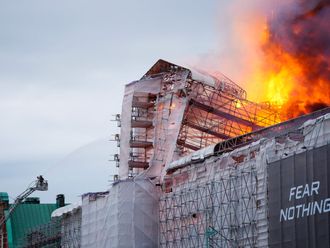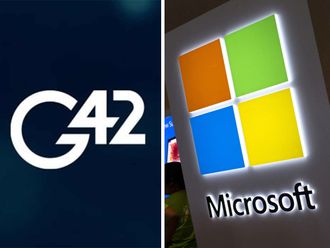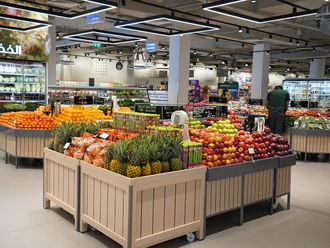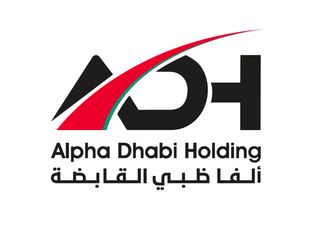The financial world is closely monitoring the bid by Nasdaq OMX Group (Nasdaq) and IntercontinentalExchange Inc. (ICE) to take over the NYSE Euronext (NYSE) exchange, for $11.3 billion (Dh41.42 billion) in cash and stocks, to foil an earlier bid by the Deutsche Boerse (DBX) to buy the NYSE for nearly $10 billion.
The Nasdaq/ICE bid, if successful, will merge the three biggest equity and options exchanges and the 14th derivative exchange (ICE) in the US together, to form (if it gets regulatory approvals and passes competition scrutiny) the biggest exchange in the World for equity and options trading (Nasdaq/NYSE) and the fourth largest derivative exchange (ICE/NYSE).
This will even affect exchanges in the GCC, where Bourse Dubai has a share in Nasdaq and the Qatar exchange has a share in NYSE.
So from this huge consolidation of exchanges around the world, what can we learn to speed up our own exchanges consolidation in the UAE, between ADX and DFM (which also owns NasdaqDubai)?
Overall complexity
Everyone believes it is the right thing to do from all possible angles for quite some time now, but still we don't seem closer to achieving that important goal. In all the discussions during the past years, most of the reasons or obstacles raised for this transaction not to take place had a possible solution. There was no reason to delay that merger.
In fact, we have many more elements in common between ADX and DFM than Nasdaq/ICE and NYSE.
In our local exchanges, the government owns the majority stakes — 100 per cent of ADX and 80 per cent of DFM. So, reaching a financial offer acceptable to all the affected shareholders while protecting the minority makes it that much more probable.
Let us not forget that due to the effects of the financial slowdown of 2008, we saw minority shareholders become diluted by more than 75 per cent in some public companies.
Speed: It is believed that the Nasdaq/ICE $11.3 billion offer for NYSE was prepared in less than two months. It only took them two months to do all that valuation and legal work and table an official bid.
Similarities
Rumours about serious discussions to merge our exchanges have been there for nearly three years. Also, the news of appointment of an international bank to advise a federal government body on valuation came out more than six months back, but still with no public result announced.
Timing: Although the US and UAE are thousands of miles apart, there are prominent similarities between the two cases. The main reason behind the buyout in the US exchanges, or merger in our case, is the dwindling revenues and erosion of margins for the exchanges because of increased competition.
In our markets, trading values since the beginning of the slowdown have dropped from Dh537 billion in 2008 to Dh104 billion in 2010, which represents a more than 80-per cent drop.
Organisation structure and logistics: It will probably be much easier for our exchanges to consolidate and merge their organisational structures than the US exchanges. DFM did a similar exercise when it bought the NasdaqDubai exchange last year. There is nothing stopping the UAE exchange from having multiple trading floors with the main ones in Abu Dhabi and Dubai, with smaller ones spread across other emirates.
The new merged entity will offer equity and options trading on the exchange, which will be unique for the Mena region, together with bonds trading to a lesser extent.
Necessity
This merger will hopefully encourage the faster development of corporate bond listings and the growth of that revenue stream will be welcome by the exchange. It will also cement the UAE's position as Mena's financial centre in terms of size, regulation, and accessibility.
Other issues are minor and easily resolved in my opinion and should not hamper the merging process.
Therefore, in light of what is happening these days with consolidations of the world's biggest exchanges, the idea of a merger between ADX and DFM has become more of a necessity than a luxury, and it needs to happen sooner rather than later.
We have tackled much bigger challenges in the UAE to reach where we are today.
For a country that was united in a federation 40 years ago, and one that was able to unify all of its government departments, military forces and financial bodies, "obstacles" to stock market unification will only be "humps and bumps" on the road to one consolidated exchange that is bigger, better and more efficient.
The opportunity for a major milestone should not be lost on UAE financial markets. The year 2011 is a milestone year in forming the future of the world, so let it be the year the UAE Exchange sees the light.
Mohammad Ali Yasin is the Chief Investment Officer of CAPM Investment.












